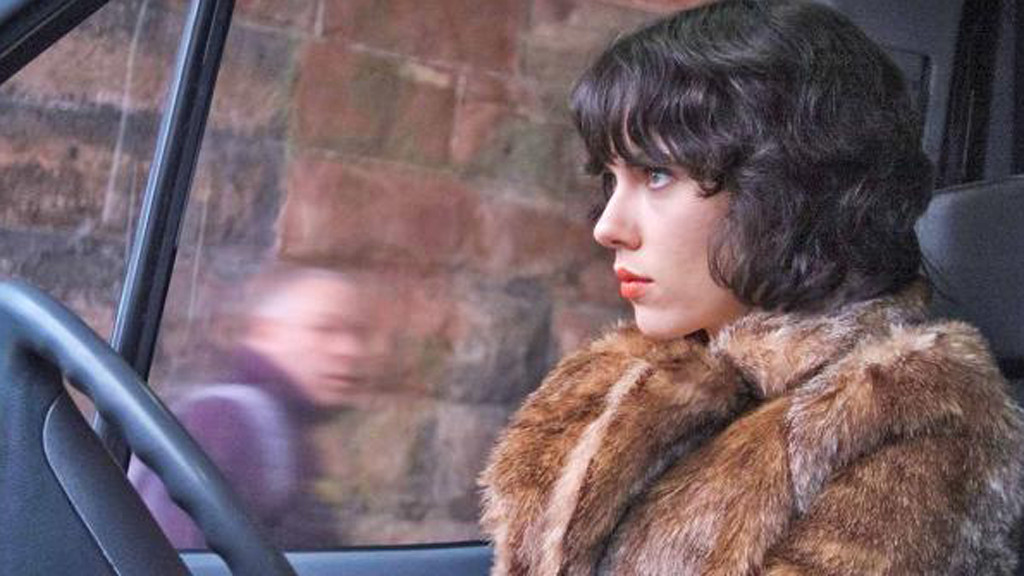
It is believed that horror movies are led by conventions. Most of the horror movies get over the top cliched that viewers find anything unconventional as a breath of fresh air. While horror genre has always been a box office draw, mostly it never received critical praise. One may think that for the last two decades, Hollywood exists according to two simple rules when it comes to horror films:
1) You want your horror film to be a box office hit? Make it conventional.
2) You want your horror film to be a critical darling? Make it unconventional.
According to the first rule, a conventional horror movie is doomed to be forgotten, while its unconventional counterpart is bound to become a cult classic, but with modest box office results.
You hear about the rules of horror films here and there. The virgin must survive, the one who had sex must be killed off. The monster is a bad guy, while humans must be good guys. And if there is a genre-blending, then the film would most likely be considered a thriller, rather than a horror film. There are so many rules surrounding horror movies that one may think that they existed for ages. But, no, they didn’t.
The rules that critics and movie geeks like to appeal to were created around three decades ago. And none of the prototypes was created with those rules in mind. Something accessible, something that brings money can be and should be replicated over and over. The same movie plot replicated ten thousand times, creates those conventions.
The funniest point is that movies that are credited with creating those conventions are generally where rule-breakers and most of them didn’t follow the conventions. That’s what made them outstanding. That’s what preserved them in our memory and the history of cinema.
1. Psycho (1960)
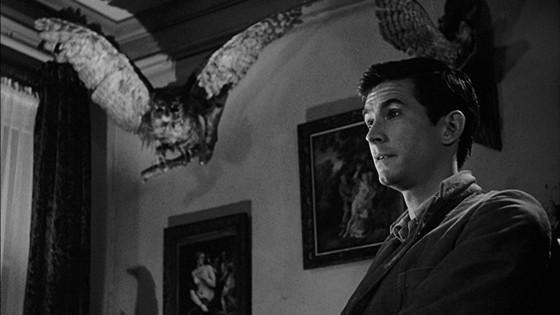
Hitchcock’s classics is often considered to be the proto-slasher. And you can see where it’s coming from. It pioneered the tropes, which started to get more visible in later horror films, primarily in the 1980s slasher films. Marion Crane had sex and got killed, while her sister – timid and cautious Leila – becomes the prototype of the final girl.
It created that standards that all of the horror movies from the 1960s till now follow. Hitchcock wanted his movie to look like a cheap exploitation film, not an expensive production that would look too much like a fairy tale.
As he told Francois Truffaut in their interview, that he “directed the viewers”. “Psycho” was shot in the way to affect the viewers directly, creating the sense that something terrible is going to happen, and not just showing something visually scary.
Of course, one might argue that “Psycho” wasn’t the first film to use suspenseful atmosphere to affect viewers, but it was the first movie to achieve that level of success that directors all around the world decided to follow its tropes.
Those are the tropes that “Psycho” created, but what were the conventions that it broke? Well, one of the essential things that the movie did is reinvented the horror genre. Before “Psycho”, horror movies were generally about men fighting with monsters or about men transforming into giant flies, octopuses, etc. Hitchcock had thrown in the audience the idea that the darkest monster can be within us.
Another rule that “Psycho” broke was messing with the audience’s expectations of who the main character is, which was later successfully repeated in Wes Craven’s “A Nightmare on Elm Street” (1984). For the first half an hour of the movie, viewers are sure that they are watching the main heroine of the film, and then that famous shower scene arrives.
2. Village of the Damned (1960)
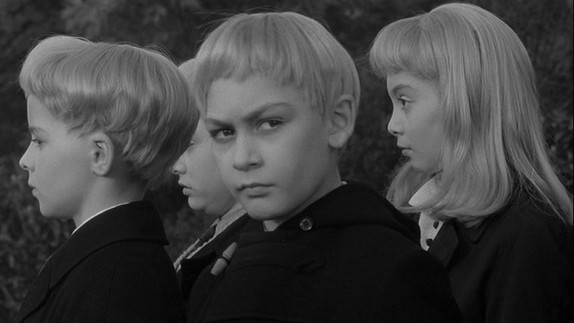
At first glance, there is nothing special about “Village of the Damned” (1960). Blending science fiction with horror genre wasn’t new at the time. While depicting evil children had been a taboo for a long time, Wolf Rilla’s adaptation of John Wyndham’s “The Midwich Cuckoos” wasn’t the first one to break the rule, as four years before “Village of the Damned” became a sleeper hit for MGM, Warner Bros. had their own evil child hit with “The Bad Seed” (1956). So, what were the conventions that “Village of the Damned” broke that its impact was significant enough to produce sequels and even a remake by John Carpenter?
While “The Bad Seed” definitely showed an evil kid and was influential on it’s own, inspiring everything from “Alice, Sweet Alice” (1976) and “The Good Son” (1993) to “Orphan” (2009) and “Goodnight Mommy” (2014), “Village of the Damned”, while exploring the same topic at the first glance, focuses on the a different things when you dig a little deeper.
While “The Bad Seed” and all the movies it had inspired explore the shock adults experience with the realization of children being evil, “Village of the Damned” explores our fear of the new generations. The idea that our next generation may think differently, act differently, have values that are contrary to ours is frightening, as that means that the next generation is alien to us.
Aside from being the first film to portray our deeply hidden fear of children, “Village of the Damned” was a game-changer in another aspect. While the villain of “The Bad Seed” perished at the end of the film it wasn’t adults that executed the antagonist, the finale of “Village of the Damned” is absolutely different, and was one of the most shocking of its time.
3. Night of the Living Dead (1968)
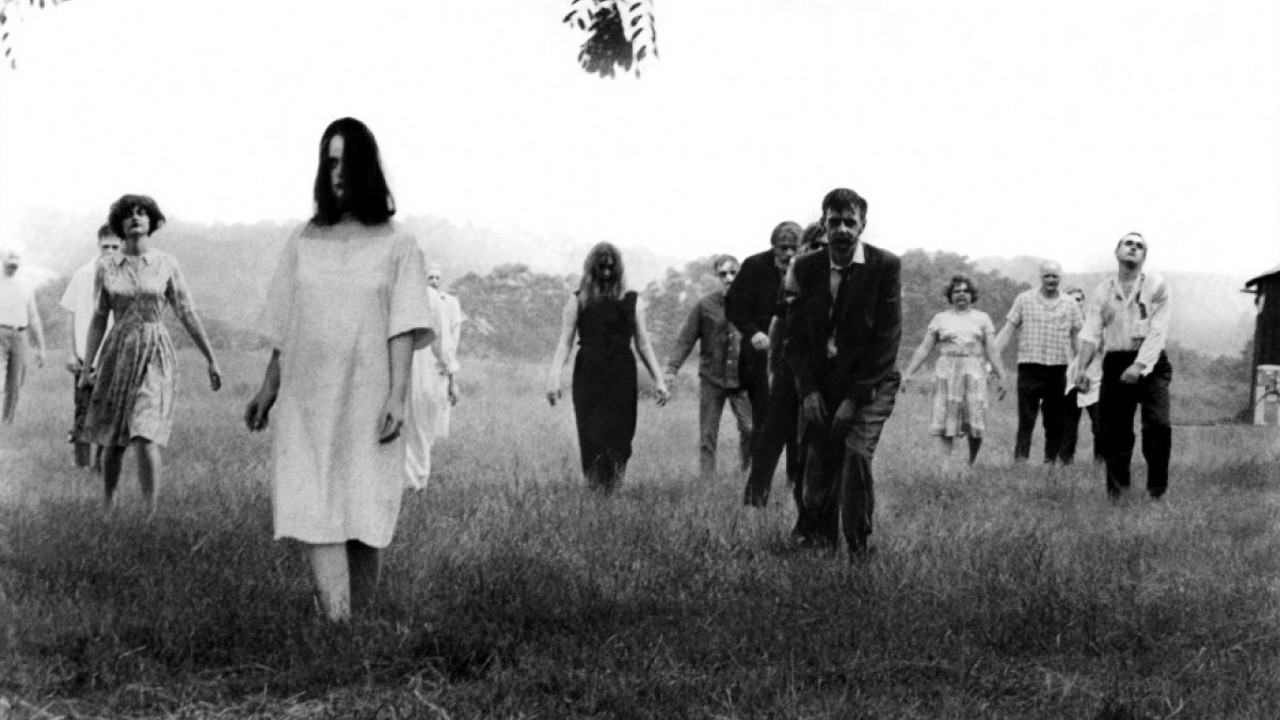
“Night of the Living Dead” is one of the most famous horror films of all time and one of the most renowned zombie movies of all times. Having been shot on the tight budget of $114,000 and grossing over $30 million, it is also one of the most profitable independent movies in the history of filmmaking.
It is also considered the film all the rules and conventions of the zombie genre originated from. But what were the conventions of the zombie genre that George A. Romero debut film had broken?
The answer is simple – none! None, as zombie genre simply didn’t exist at that time. Of course, there were movies about zombies before 1968, but they generally were rooted into folklore and typically included a person, being resurrected shortly after his death by voodoo magic or just someone who were doing strange things under hypnosis.
George A. Romero completely reshaped the understanding of zombies and pioneered the tropes that movies like “28 Days Later” (2002) and TV-series like “The Walking Dead” (2010 – present) continue to follow.
George A. Romero was a game-changer, as the vast majority of horror films before the release of “Night of the Living Dead” included rubber masks and cardboard sets, and the evil was living as far away from our everyday life as possible. In his debut movie, Romero shocked the audiences by setting horror in the set of everyday life.
While Romero will be forever known as the “father of the zombie genre”, he never intended “Night of the Living Dead” to be a zombie movie. Moreover, the living dead in the film are never referred to as zombies.
4. The Exorcist (1973)
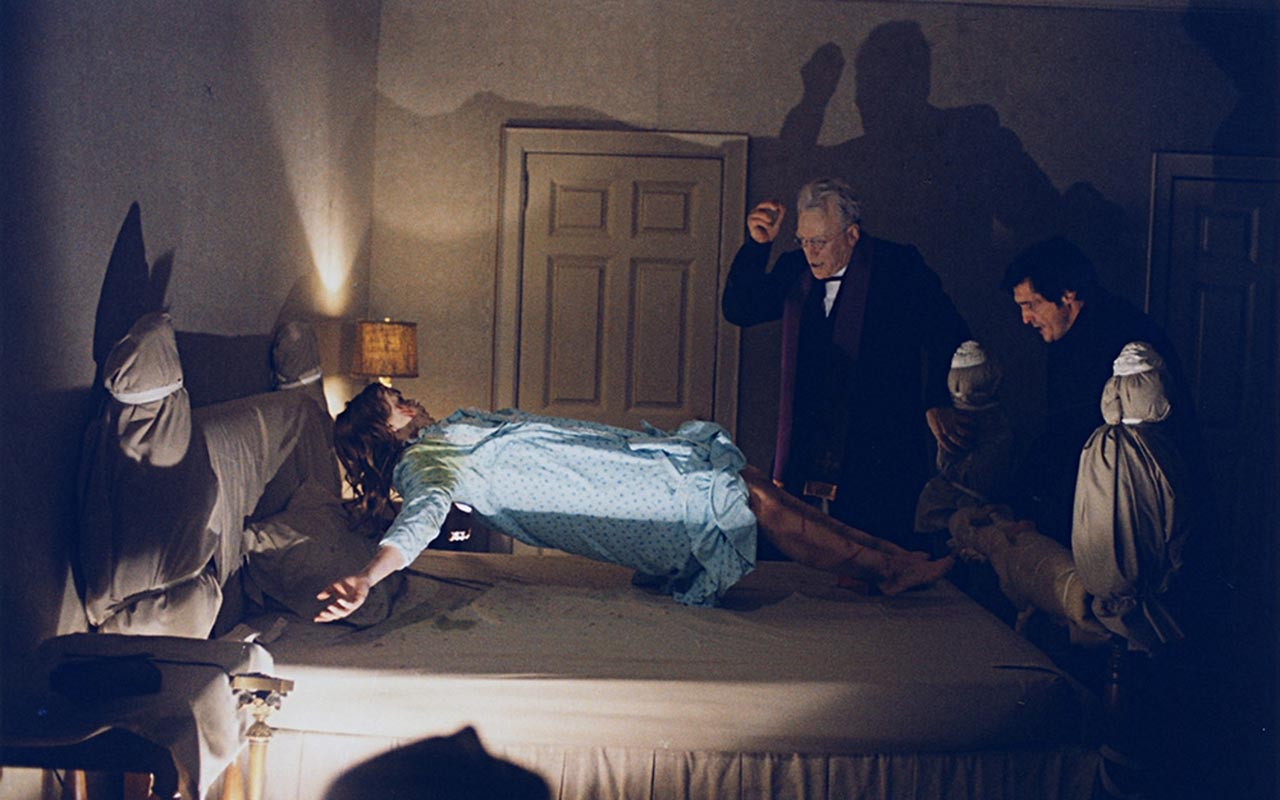
Whenever you come across the list of the scariest horror films, “The Exorcist” is going to be there. William Friedkin’s masterpiece remains one of the top-grossing horror films of all time. Upon the release it received ten Academy Award nominations, winning two.
The film remains that famous that it seems that all has been said and done about it. While modern audiences may dismiss the movie, as it’s not a continuous jump scare fest, but it was a game-changer back in 1973, and actually remains one, if you watch it with the open mind.
While not being the first movie to explore the topic of demonic possession, “The Exorcist” is responsible for the popularization of exorcism as a horror subgenre. But there are two conventions that the adaptation of William Peter Blatty’s bestselling novel broke definitely.
Prior to “The Exorcist” the subject of the devil in cinema wasn’t really approached seriously. The movies where mainly cheaply shot with laughably grotesque makeup. The stories were generally set in medieval times.
“The Exorcist” was the first film to approach the subject in a serious and realistic manner. The main protagonists of the movie are generally atheists, who find it hard to believe in the demonic possession. With every step that the film forces them to believe that what happens is real, it manages to make the viewers believe in it too.
The second convention that “The Exorcist” broke was the attitude of the Roman Catholic church towards horror films. While you generally expect priests to condemn the horror movie and call it the weapon of the devil, the Roman Catholic church praised “The Exorcist”.
Funny enough, but the film was praised, even though it shows that real faith requires a sense of doubt, that’s why Father Merrin fails in what Father Karras succeeds by the end of the film.
5. Black Christmas (1974)
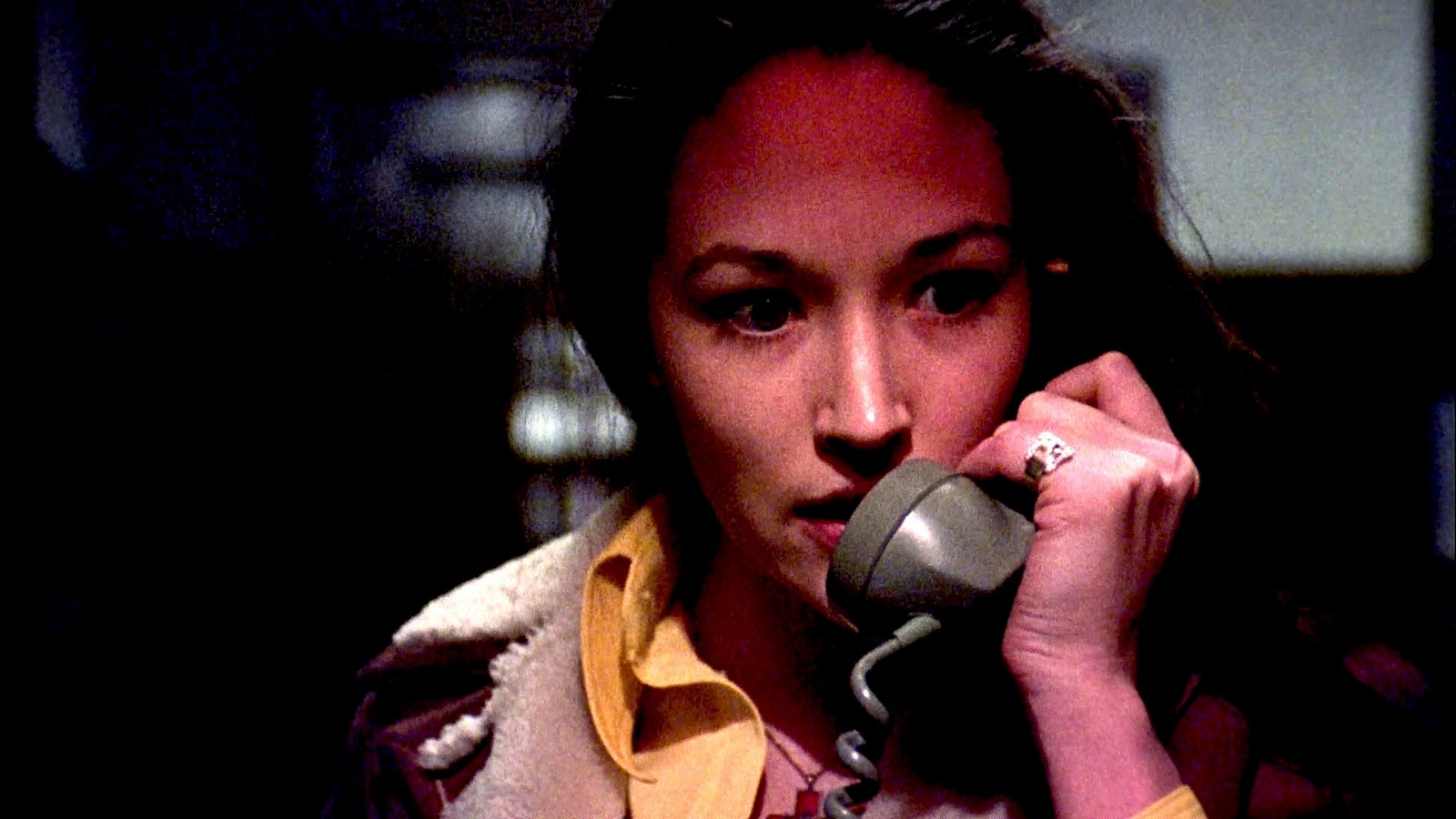
While Hitchcock pioneered the slasher genre with “Psycho”, “Black Christmas” helped to shape it the way we know it today. While Hitchcock’s film had adults as main protagonists, Bob Clark’s proto-slasher switched to characters in their late teens and early twenties.
It pioneered the idea of linking the slasher movies to specific holidays, which was later popularized by John Carpenter’s “Halloween” (1978). It influenced both “Halloween” and “When a Stranger Calls” (1979). Another pioneering film, but what are the conventions that it broke?
Recalling all the rules that are typical for slasher movies, like having sex equals death, “Black Christmas” manages to break all of them, basically before they even existed, as the final girl not only had sex but was also pregnant and was considering abortion.
It also broke the rule typical for movies that has maniacal killers as their antagonists. We get used to the fact that the identity of the killer is going to be revealed at the end of the movie. But it’s not the case with “Black Christmas”. It doesn’t disclose the identity of the killer but only wins because of that, as it keeps the viewers involved in the film, as they can get a clear understanding of the psychopath through his mumbling.
Finally, having the story set on Christmas, it not only linked the slasher genre to holidays but broke the convention that nothing wrong can happen during the holiday season.